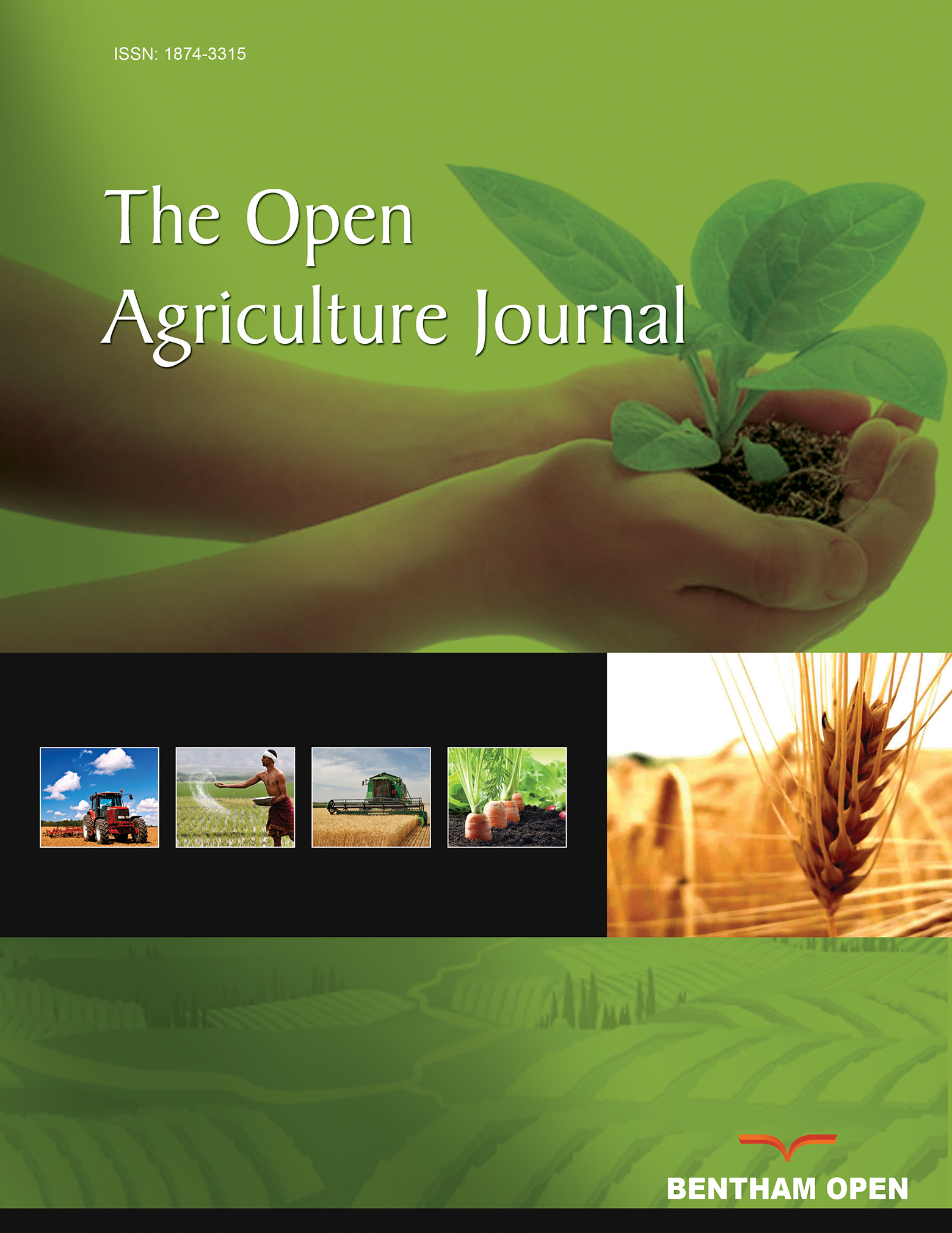All published articles of this journal are available on ScienceDirect.
Biobutanol Production from Plant Biomass
Abstract
Microbiological conversion of biosphere renewable resources to produce useful products, in particular biofuels, is currently one of the pressing problems of biotechnology. To establish a microbiological production of biobutanol at an industrial scale, strains with high-yield solvent production on plant biomass as a cheap substrate are needed.
This paper summarizes the main outcomes of the authors’ original research focused on a) obtaining new butanol-producing strains of Clostridium genus, b) testing different sources of non-food raw material as a substrate for fermentation. A comparison of different methods of biomass pretreatment and their efficiency for the accumulation of butanol in the liquid medium is also reported.
In particular, the efficiency of butanol production by C. acetobutylicum strains isolated or mutagenized by the authors on a) ground green rapeseed, switchgrass, sweet sorghum, soybean, wheat biomass; b) components of switchgrass after thermobaric hydrolysis and c) paper mill sludge from the pulp as substrates is reported. This paper also highlights the progress made concerning substrate pre-treatment and optimization of cultivation conditions to increase butanol production. Finally, future directions to optimize the different biotechnological steps leading to butanol production are discussed.


